5 More Easy Ways to Avoid Sports Injuries (Part 2)
November 22nd, 2017 | 5 min. read
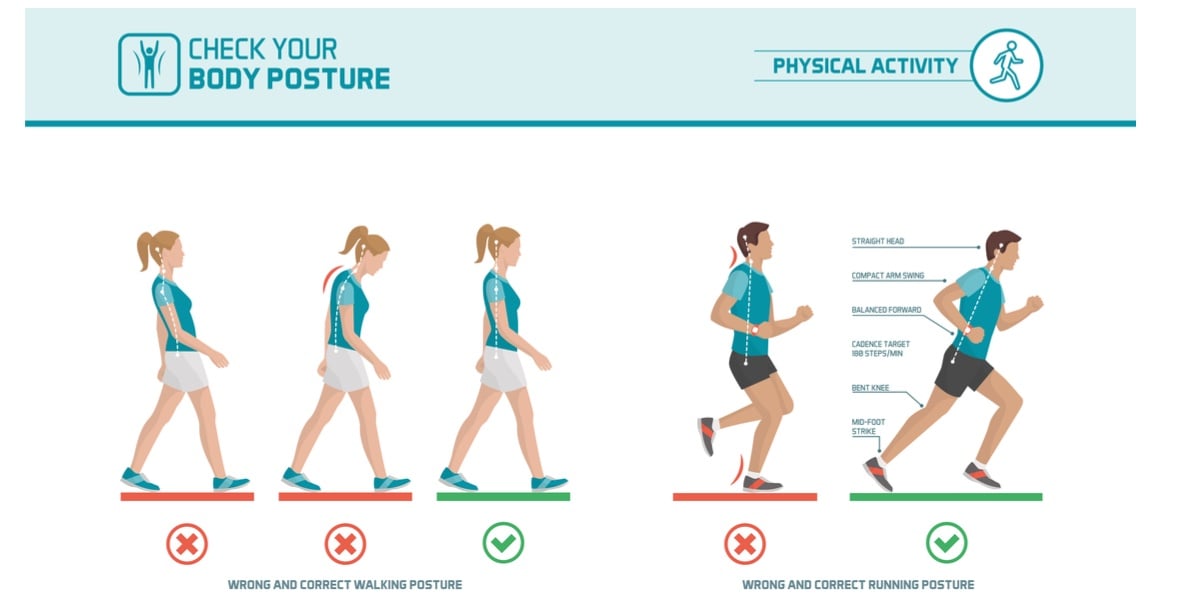
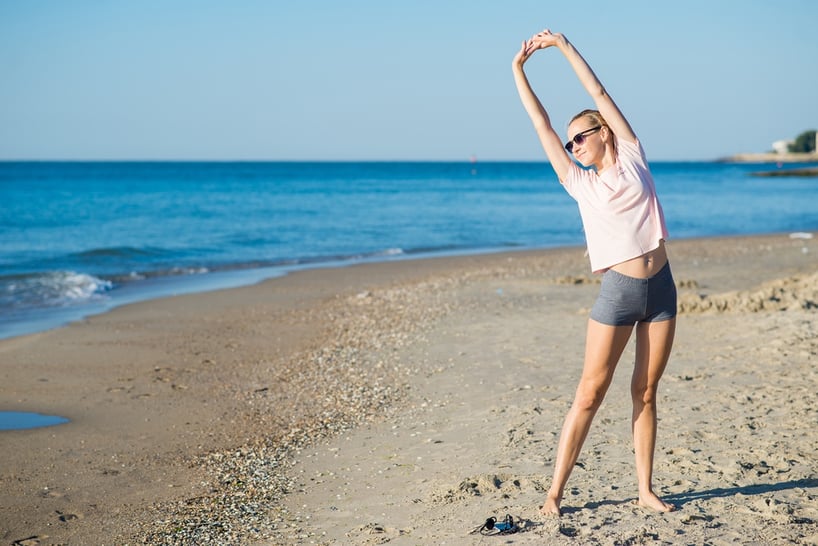
In the previous post, we addressed the prevalence of sports-related injuries in Texas and the U.S. Every year, 8.6 million Americans hurt themselves participating in athletics, and almost half of these are children and teens.
Contrary to what many people think, sports injuries don’t just happen to high school, college, and professional athletes playing competitive sports or contact sports like football. It’s relatively common to hurt yourself just being active in general, especially if you don’t take the right precautions. Proof of this: The American Academy of Orthopaedic Surgeons has compiled tips for injury prevention for numerous athletic activities, including:
- Horseback riding
- Martial arts
- Swimming
- Trampoline
- Yoga
And of course, there’s also running, a sport that injures about half its participants each year, according to some estimates. Weekend warriors—people who are sedentary Monday through Friday, then try to make up for this inactivity with intense weekend exercise—are especially susceptible to running injuries like sprains, strains, and shin splints.
Regardless of your age and fitness level, you’re likely to get injured being active at some point in your life. And when it happens, it’s guaranteed to be annoying and inconvenient, because there’s never a good time to be laid up and out of the game.
In the previous post, we shared five ways you can protect yourself against getting injured. Here are five more tips for avoiding sports injuries.
1) Check your technique and form.
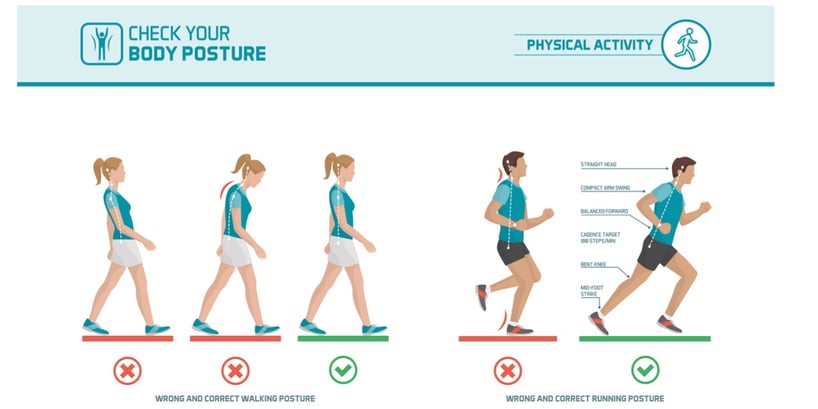
Good form is one major component of injury prevention, and it applies to all physical activity. Remember the old adage, “Lift with your legs, not your back?” This saying is popular because it reminds you to bend your knees when lifting something heavy off the ground. Moving in this manner shifts the burden to some of the strongest muscles in the body—the gluteus muscles (buttocks)—and protects the lower back from strain.
The same principle applies to everything we do when we exercise. Knowing and using the correct posture and form takes advantages of our athletic strengths, protects our weak areas, and maximizes the potential to build muscle and power, rather than tearing your tissue down.
Proper form does more than just avoid sports injuries—it improves your athletic performance, making you stronger, faster, and more efficient.
Examples of why form matters:
- A proper running stride—including your cadence, how your foot strikes the ground, and how long your stride is—can reduce impact forces on your legs and feet, protecting you from stress fractures, knee injuries, and ankle injuries.
- Your grip, your swing, your stance, and your follow-through are all important to watch. Small imperfections in form, multiplied over thousands of powerful and fast golf swings, can lead to back strain, knee strain, shoulder injuries, and overuse injuries.
- Basketball (and other jumping sports). The force of exploding upward and landing can take a toll on your knees and the tendons of your ankles and feet. Awkward or unstable landings often lead to rolled ankles and serious knee injuries like ACL ruptures, especially in female athletes.
If you want to make your body as strong and injury-resistant as possible, it’s wise to work with a trainer or coach who can show you the proper form for all sports movements, especially the repetitive or explosive ones.
A professional trainer can show you how to protect your knees, ankles, shoulder, neck, head, and other areas of the body that may be vulnerable to acute injury or repetitive strain injury.
2) Train responsibly.
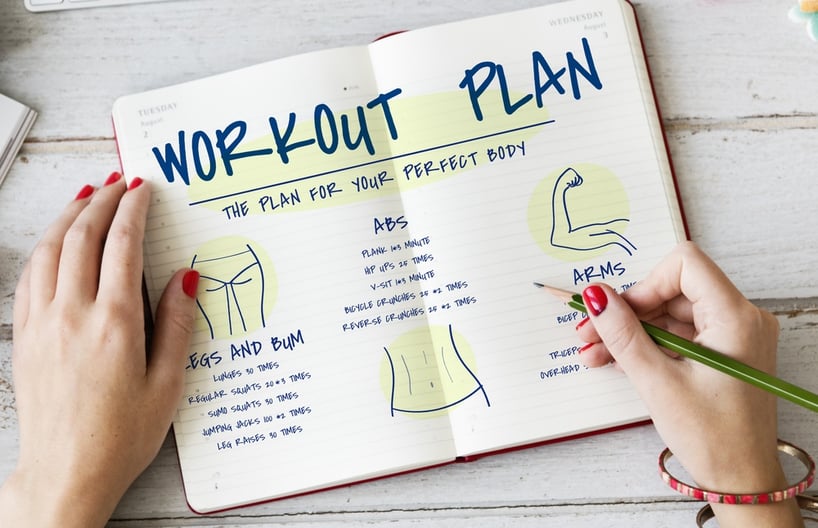
In addition to not checking form, another common mistake is to train recklessly without a plan. For example, you might decide to train for a marathon by simply going running and increasing your mileage every day until race day. Any seasoned marathon runner or track and field coach would tell you this is a mistake—and a perfect recipe for injury. Proper training for a road race includes intervals and rest days. Resting within and between high-intensity workouts is necessary to allow muscles, ligaments, tendons, and even bone the chance to rebuild from the micro-traumas sustained while you’re training.
The same applies to all sports and forms of exercise. Training responsibly prevents overuse injuries, sprains, strains, and inflammation that can result in tendinitis and tendon tears.
How can you train to avoid injury?
- Gradually increase difficulty. If you’re lifting weights or working with resistance bands or gym equipment, gradually increase the weight, resistance, and repetitions over time.
- Rest periods after intense workouts are necessary so your muscles can recover and rebuild damaged fibers. If you constantly work out without rest days, you’ll overtrain and break down tissue. You may also favor a sore body part, which can lead to the other side of the body compensating and becoming injured.
- Avoid overuse. Talk to your coach or a trainer about how to mix and balance your workouts to avoid repetitive strain to a particular muscle group. Doing the same drills at every volleyball or cheerleading practice, for example, could lead to knee and ankle strain.
Also, if you can only find time to be active on the weekends, you may have weekend warrior syndrome. Go a little easier on yourself on the weekends, and try to find small pockets of time during the week to build up flexibility and strength with stretching exercises, lunch time walks, taking the stairs, or doing 10-minute bursts of training at your desk.
3) Make your environment safe.
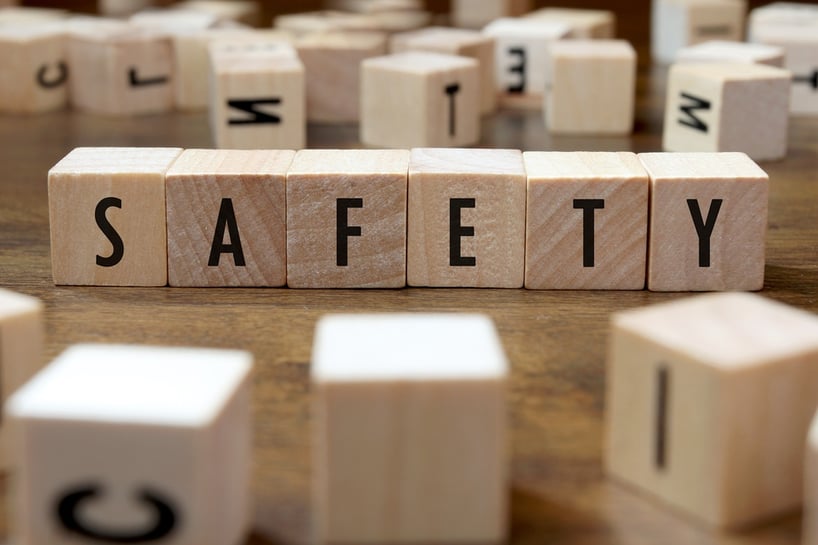
When you’re looking to protect yourself or your kids from sports injuries, it’s natural to focus on the body itself—how you use it, and how you protect it with safety gear like helmets and knee pads.
But another important area to consider is the world around you when you’re exercising. The environment in which you practice sports or compete in games needs to be safe, too. For example:
- Check for a level playing field (literally). Is the ground clear of sharp objects, rocks, and stray sports gear? If you’re running or playing on a field (for example, when playing soccer), check for gopher holes and divots that can catch feet and lead to twisted ankles.
- Use padding if you can. If you’re competing in sports where falls from a height are possible (such as competitive cheer or gymnastics), are there mats available?
- Look overhead. Basketball hoops should be at regulation height. If you’re outdoors, beware of loose tree limbs or power lines projecting out over playing areas or trampolines.
- Make sure the ground isn’t slippery. Slips and falls are a common cause of fractures, concussions, and other injuries.
- Be cautious in heat. Hot, humid environments can quickly lead to heat illness and heat stroke, which can be deadly. If you’re indoors, use air conditioning and a fan. If you’re outdoors, wear a hat or visor to protect yourself from the sun; use sunscreen; and seek shade when possible. For both indoor and outdoor sports, hydrate
4) Eat a healthy diet.

Eating right promotes strong muscles and bones. It also shores up your immune system against colds and infections. If you’re actively exercising and training, stay away from fad diets that have you eating only one thing (or almost nothing). Athletes need a well-balanced diet with an array of nutrients.
Make sure you’re consuming:
- Healthy carbs keep your blood sugar in balance. They provide you energy during strenuous workouts (especially activity of 90 minutes or longer). Insufficient carbs can lead to blood sugar crashes, slower brain function, slow reaction times, and lower immunity. Your body uses carbohydrates as fuel; without them, you may get clumsy and tired, and that’s when injuries and mistakes happen.
- Calcium and protein. To keep your bones healthy, you need at least 1000 milligrams of calcium per day (about double what most adults consume). Supplements can help, as can calcium-rich foods. These don’t necessarily need to be dairy; broccoli, almonds, and okra are all high in calcium. Protein is also crucial for maintaining and building muscle. In grams, how much protein should you eat? If you’re active, a good rule of thumb is to multiply your body weight by 0.6. So if you weigh 150 pounds, aim for 90 grams of protein per day. Protein can come from meat and dairy, but other protein-rich foods include eggs, beans, nuts, and soy products.
- Never skimp on water. Hydration, especially in hot climates like warm Texas days, is the key to lubricating your joints and avoiding both short-term and long-term injuries.
Foods-wise, your best bet to avoid injury is to eat a balanced, healthy diet made up of a variety of different colored foods.
5) See a sports medicine physician.
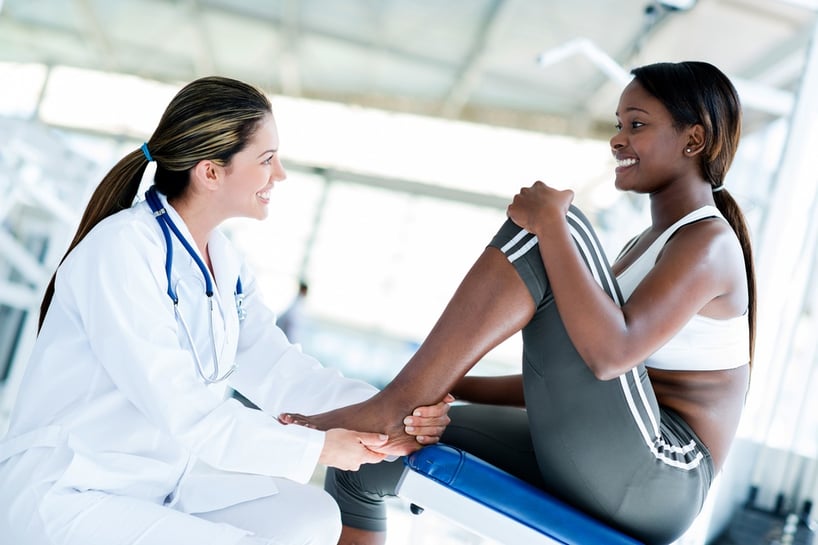
Finally, don’t overlook the value of seeing a sports medicine professional. Any athlete worried about injury can benefit from a customized training plan that takes into account your past injuries and unique body composition and posture.
Many sports medicine physicians and orthopedists even offer injury prevention clinics and seminars on how to recover from injury.
If you feel like you have suffered from a sports related injury and want to speak with a physician about your concerns, contact Coastal Orthopedics, located in Corpus Christi today at (361) 994-1166.
Article written by: Rob Williams, MD
Sources:
American Academy of Orthopaedic Surgeons: Sports Injuries
Moses Cone Family Medical Center (Medline Abstract)
Dr. Williams has been practicing orthopedic surgery in Corpus Christi since 1998. After graduating from Texas Tech hereceived his medical degree from the University of Texas at San Antonio. At the prestigious Campbell Clinic located at the University of Tennessee, Dr. Williams completed not only an Orthopedic Surgery Residency, but an additional year of Fellowship Training in Spine Surgery. Dr. Williams is dedicated to creating an excellent patient experience in the office or in the surgery suite.
Topics:

